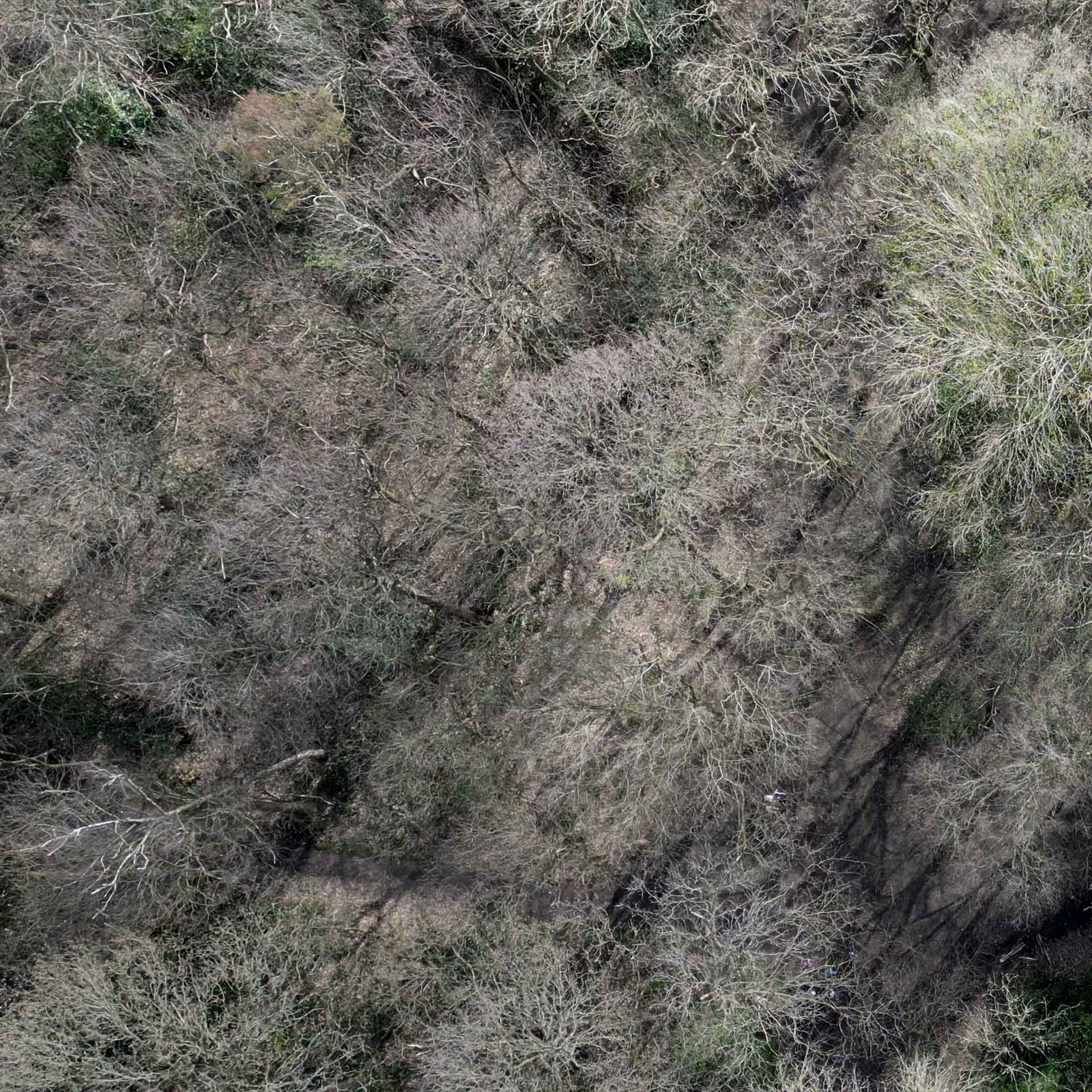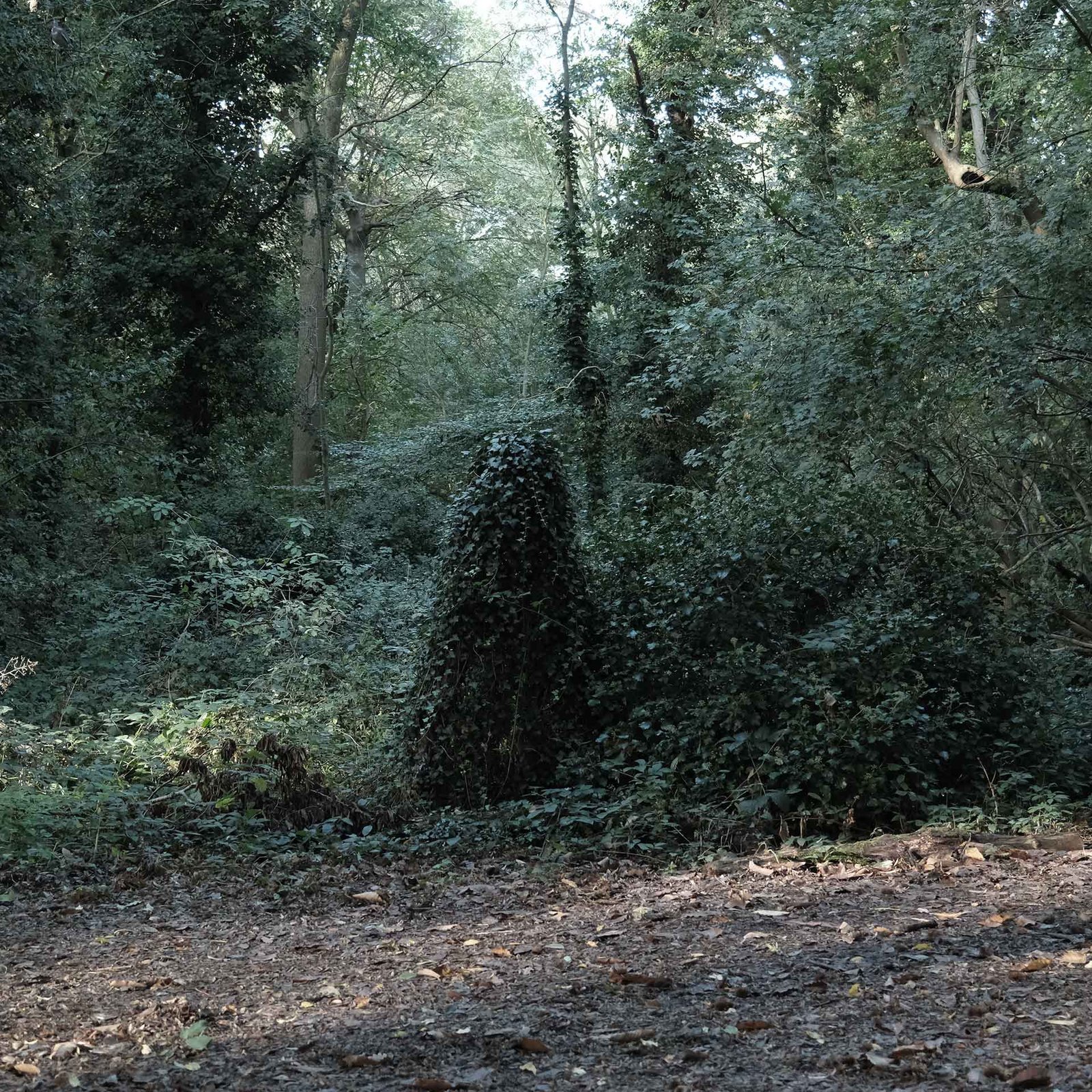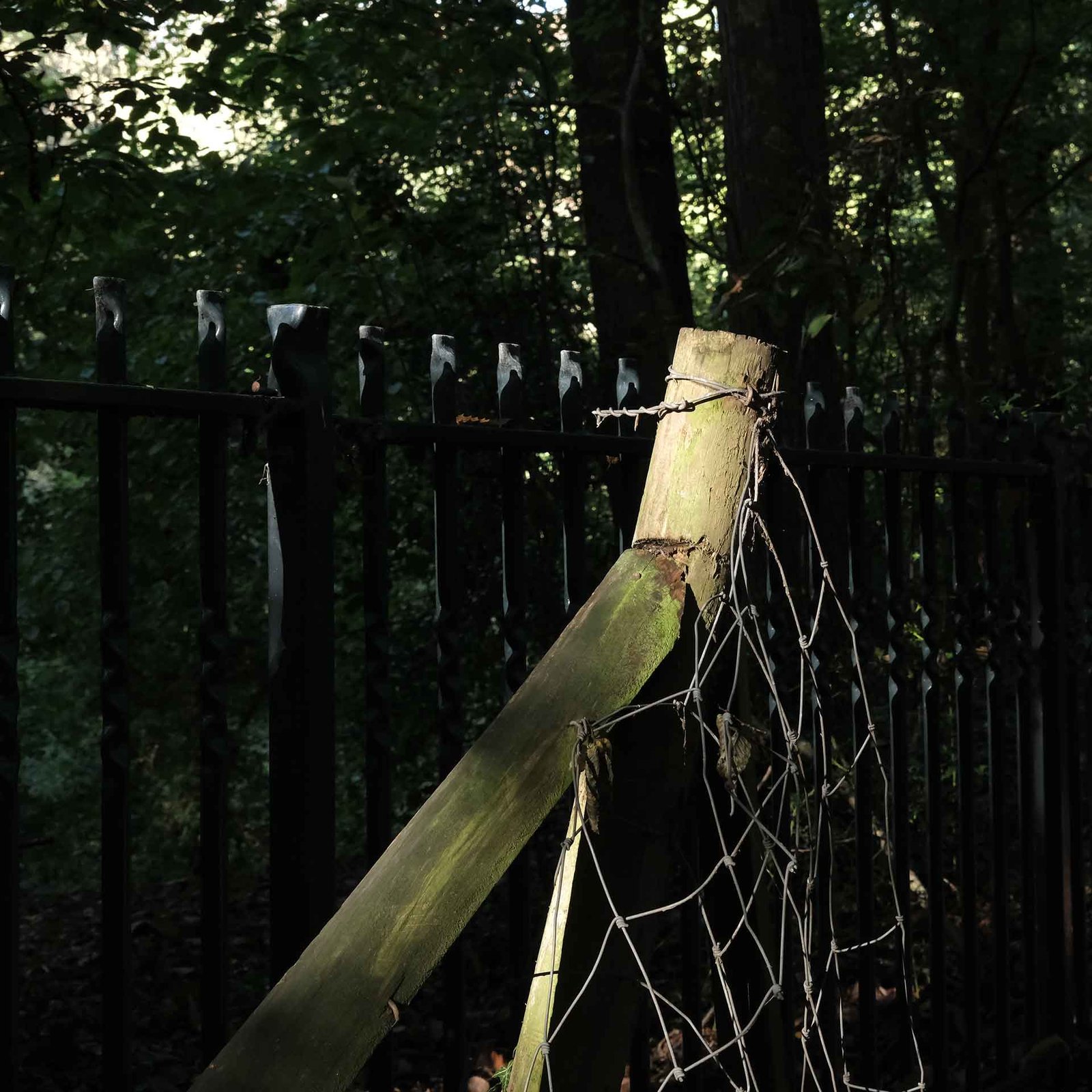A haibun for the intersection (Chalk Pit)
§
You come to the intersection today from a different path, and the new approach makes the place seem different. Is it different? Plants grow, others decay, but the trees and the contours of the soil are recognisable.
Imagine being an intersection, like this. Someone comes from this path, rests a while, then passes on. Others come from another direction, these not stopping, trudging steadily through. So it continues, with periods of vacancy. If the place is the same place, surely it must know this in some way, in order to see the comings and goings and give them something to be relative to.
I think of a time when four or five of us all sat on that bench, our lives for some moments together in the same place and time before we disbanded.
Have you noticed that feeling in grief? The person who has gone cannot be replaced. How sharp is the presence of a stranger or new acquaintance now. You recognise they are alive. They have what the departed one has lost.
An intersection, if only we noticed, is a place of constant grief.














I am here again,
Where many paths intersect,
Knowing there is one
Who will never come here now,
Or meet you, who comfort me.
Where many paths intersect,
Knowing there is one
Who will never come here now,
Or meet you, who comfort me.
At the pathway intersection near the chalk pit gate; the cello’s voice, is absorbed and distorted. Rhythms punctuate the silence where gravel touches footstep. Music navigates this terrain of human crossing and natural reach — a complex, layered composition. Sonic textures make stark contrasts, the cello exploring the interplay of presence and absence.
